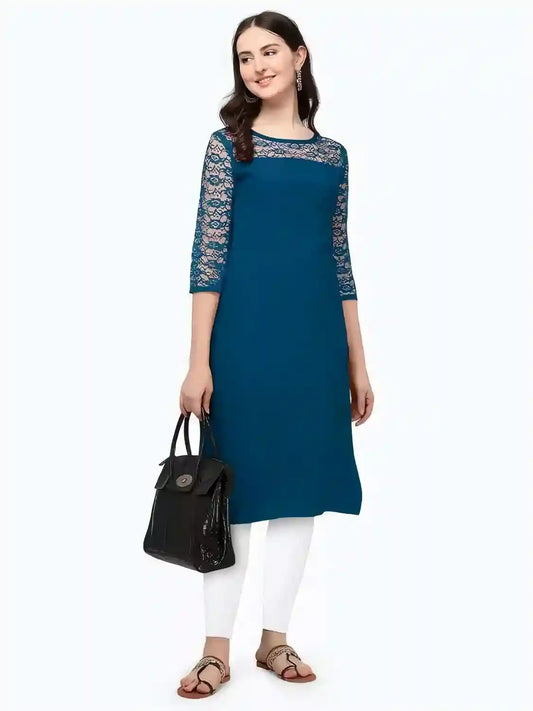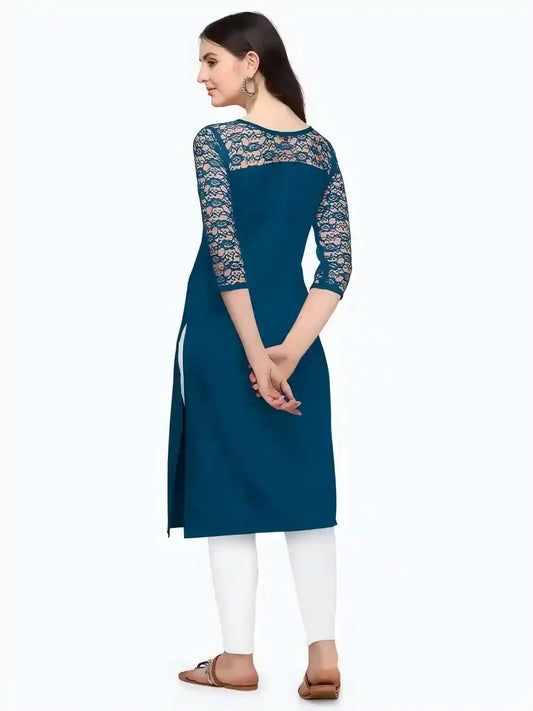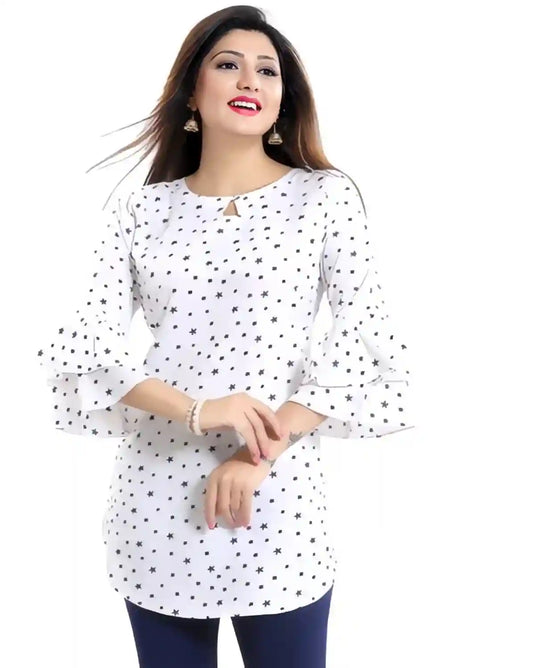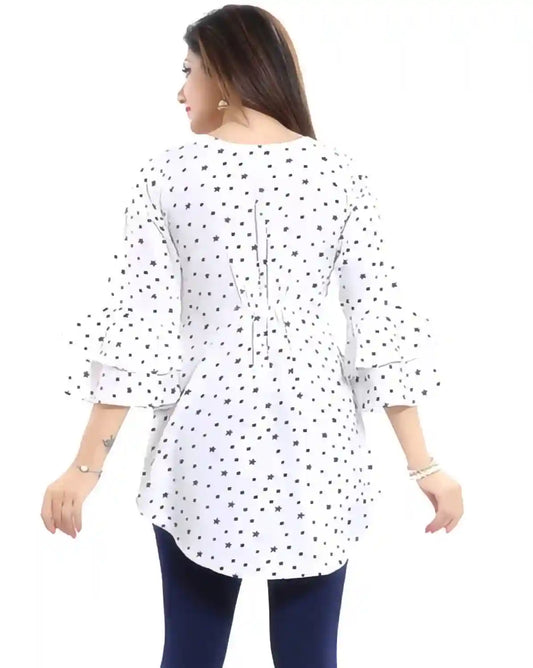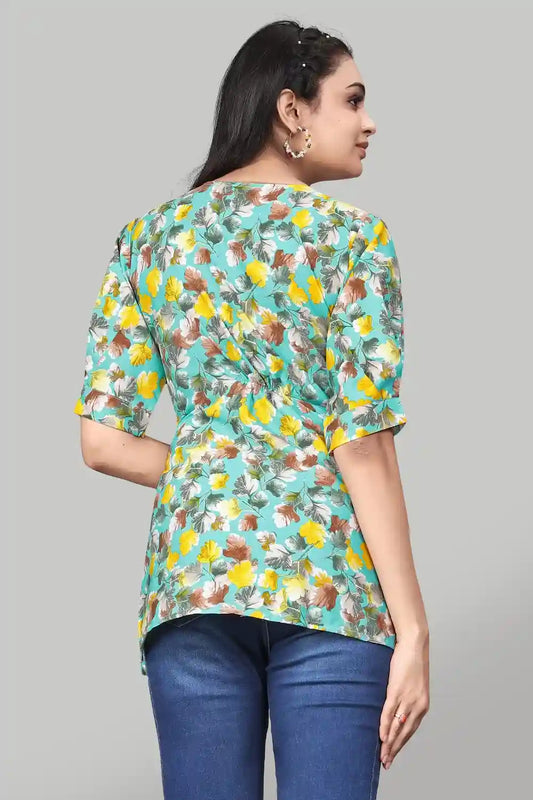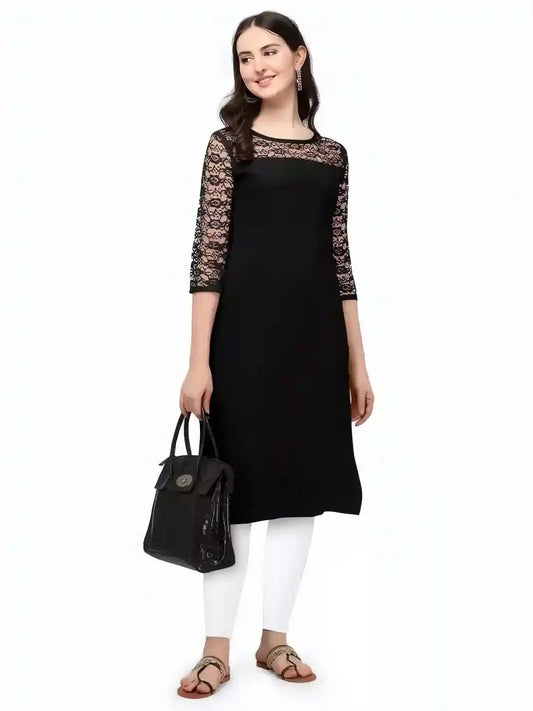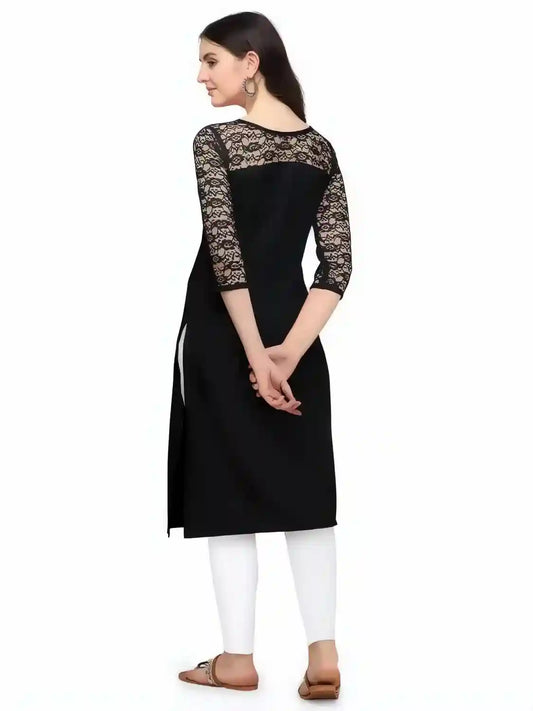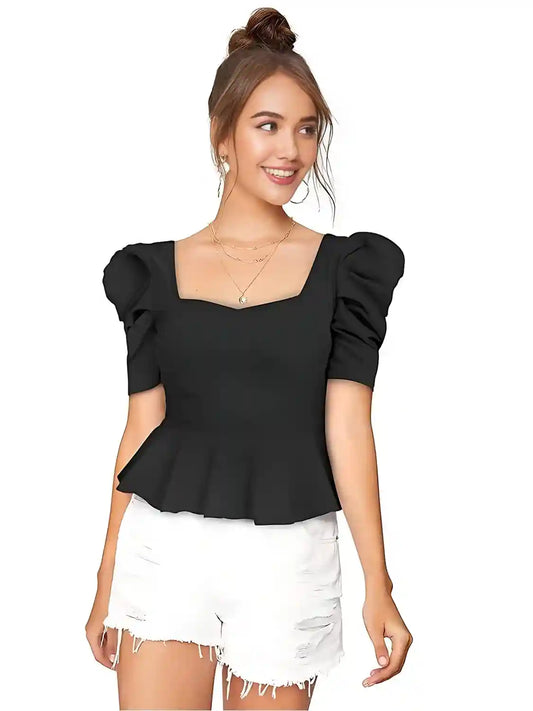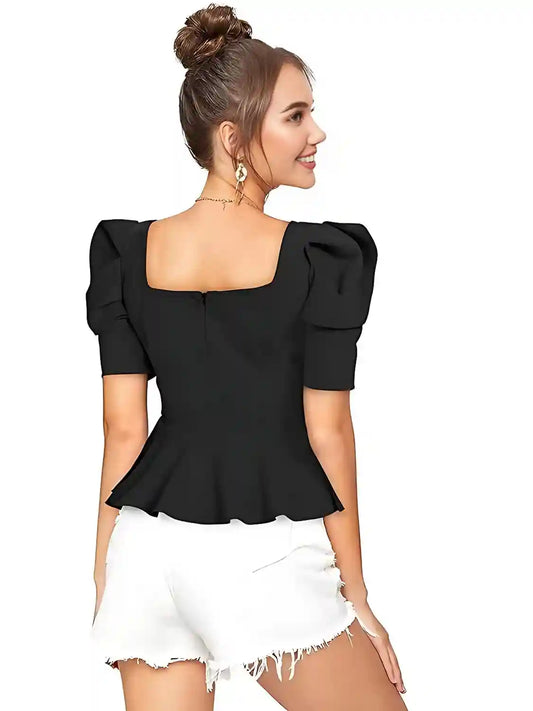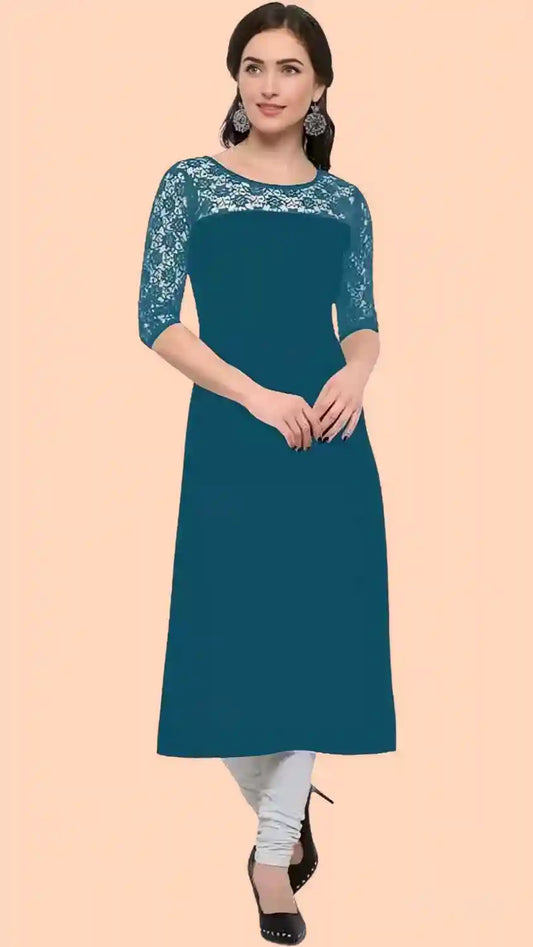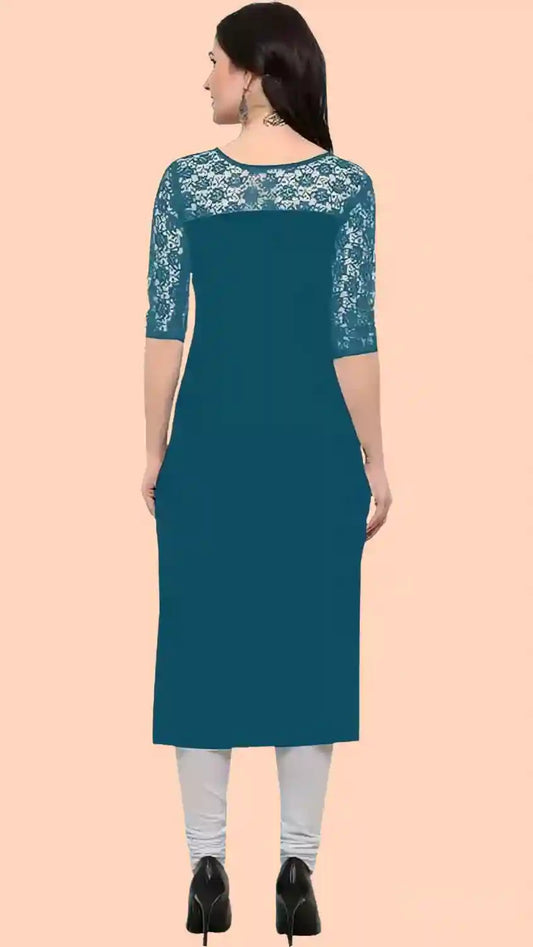Dressing for a Wedding: A Complete Guide to Looking Your Best
Understanding the Wedding Invitation and Dress Code
Before diving into specific outfit ideas, it's essential to carefully read the wedding invitation. Most couples provide some guidance on what type of attire is expected, often using traditional terms like "black tie" or "semi-formal." Here’s what these terms typically mean:
-
Black Tie: This is the most formal type of wedding. Men should wear a tuxedo, and women are expected to wear a long gown.
-
Semi-Formal: This calls for a step down in formality. Men can wear suits and ties, while women can choose between cocktail dresses or dressy separates.
-
Casual: For a casual wedding, men can wear dress shirts and slacks, while women can opt for a simple sundress or a nice blouse with a skirt or trousers.

Decoding the Wedding Venue
The location of the wedding plays a huge role in deciding what you should wear. For instance, a beach wedding demands a completely different look from a wedding in a cathedral.
Beach Weddings
At a beach wedding, the dress code is typically more relaxed. For men, lightweight linen suits or even dress shorts with a button-up shirt may be appropriate. Women can opt for flowing dresses, maxi dresses, or even jumpsuits, but should avoid heels that will sink in the sand.
Church Weddings
Church weddings, on the other hand, often demand more traditional attire. Women should opt for a conservative dress or a skirt-and-blouse combination, avoiding anything too revealing. Men should wear a suit and tie.
Garden Weddings
Garden weddings strike a balance between formal and casual. Men can wear a light suit, while women can opt for knee-length dresses or floral prints. Given that the event is outdoors, both men and women should prepare for possible changes in weather.

Choosing the Right Fabric for the Season
Just as important as the style of your outfit is the type of fabric you choose. Different fabrics are suitable for different seasons, and wearing the wrong one can lead to discomfort.
Summer Weddings
For summer weddings, lightweight and breathable fabrics like linen, cotton, or chiffon are ideal. Avoid dark colors, as they can absorb heat, and opt for pastels or light-colored outfits instead.
Winter Weddings
Winter weddings require heavier fabrics like wool, velvet, or cashmere to stay warm. Men might consider adding a vest to their suit, while women can wear long-sleeve dresses and layer with a stylish coat or shawl.
Spring and Fall Weddings
During transitional seasons, fabrics like silk, satin, and light wool blends are good choices. Layers can help with unpredictable weather, so think about adding a light jacket or wrap.

Accessorizing Your Wedding Outfit
No outfit is complete without the right accessories. These little touches can enhance your look and ensure that you fit in perfectly at the wedding.
For Women
-
Shoes: Heels or dressy flats are typically suitable, but always consider the venue. If the wedding is outdoors, opt for wedge heels or flats.
-
Jewelry: Simple, elegant jewelry works best for most weddings. Avoid anything too flashy unless the event is ultra-formal.
-
Handbag: A small clutch or evening bag is ideal for keeping essentials like your phone, lipstick, and tissues.
For Men
-
Shoes: A pair of polished dress shoes is a must for formal weddings. For more casual settings, loafers or leather shoes work well.
-
Tie: The tie or bow tie should match the formality of the event. For black-tie events, a classic black bow tie is essential.
-
Cufflinks: Cufflinks can add an extra touch of class, especially at formal weddings.

Color Considerations: What Colors Should You Wear?
When attending a wedding, color choice is critical. Certain colors are best avoided, while others can help you blend in beautifully with the event’s theme.
Avoid Wearing White
White is traditionally reserved for the bride, so it’s best to avoid wearing white or anything that could be seen as a bridal outfit. This rule is widely accepted across cultures and types of weddings.
Bold vs. Muted Tones
Bold colors like red or bright pink can sometimes draw too much attention away from the couple. It’s usually better to choose softer shades like pastels, muted tones, or jewel tones for a more subtle but elegant look.
Matching the Wedding Theme
If the wedding has a particular theme or color scheme, it’s a good idea to incorporate that into your outfit subtly. For instance, if the wedding colors are lavender and gold, you could wear a lavender tie or a gold bracelet.

What Not to Wear to a Wedding
Weddings are joyous occasions, but there are a few key things to avoid when choosing your outfit.
Don’t Dress Too Casually
Even if the dress code says "casual," it’s important not to go too far in that direction. Jeans, t-shirts, and flip-flops are generally not appropriate unless explicitly stated.
Avoid Revealing Outfits
Weddings are often family events, so revealing outfits might be seen as inappropriate. Stick to dresses and outfits that are elegant and tasteful without showing too much skin.
Steer Clear of Loud Patterns
Unless it’s a specific part of the theme, loud patterns can be distracting. Stick to solid colors or subtle prints that don’t draw too much attention.

Wedding Dress Code by Cultural Customs
Different cultures have different expectations when it comes to wedding attire. Understanding the customs can help you avoid unintentional faux pas.
Western Weddings
In Western culture, weddings are often formal, with men wearing suits or tuxedos and women wearing dresses. As mentioned earlier, white is reserved for the bride.
Indian Weddings
Indian weddings are vibrant and colorful. Men can wear traditional outfits like a sherwani, while women often wear sarees or lehengas. Bright, bold colors are encouraged, but avoid wearing white, as it’s associated with mourning.
Chinese Weddings
At Chinese weddings, red is a lucky color, so it’s a good choice if you’re unsure of what to wear. However, white or black should be avoided, as they are traditionally associated with funerals.
Middle Eastern Weddings
In Middle Eastern weddings, women often wear intricate gowns with luxurious fabrics, while men may wear traditional dress or formal suits. It’s essential to consider modesty, especially if the wedding is religious.

Dressing for Different Wedding Roles
Your role in the wedding can also impact what you wear. Whether you’re a bridesmaid, groomsman, or guest of honor, your attire should be appropriate for your part in the celebration.
Bridesmaids
Bridesmaids typically wear dresses chosen by the bride. These can range from matching gowns to different styles in the same color palette.
Groomsmen
Groomsmen often wear suits or tuxedos that complement the groom’s attire. The groom usually coordinates these details, so it’s important to follow the guidance provided.
Family Members
Close family members, such as parents of the bride or groom, should dress in a way that is slightly more formal than the general guests. Mothers often wear elegant dresses or gowns, while fathers typically wear suits or tuxedos.

Dressing for Themed Weddings
Some weddings have specific themes, which means your attire should match the event’s overall vibe.
Rustic Weddings
Rustic weddings are often held in barns or outdoor venues. For men, a casual suit in earthy tones works well. Women can opt for floral dresses or flowing skirts.
Vintage Weddings
For a vintage wedding, your outfit should reflect the specific era being celebrated. Men can wear classic suits, while women can go for retro-inspired dresses or even vintage accessories like gloves and hats.
Destination Weddings
Destination weddings are usually more relaxed but still require some thought. Consider the location and climate when choosing your outfit. For beach destinations, lightweight fabrics are essential.
Guidelines for Plus-Size Wedding Guests
Everyone deserves to feel confident and stylish at a wedding. For plus-size guests, the key is to choose outfits that flatter your shape and provide comfort.
Wrap Dresses
Wrap dresses are universally flattering and can accentuate your waist while providing comfort.
Tailored Suits
For men, a well-tailored suit can make all the difference. Ensure that the jacket and pants fit well, without being too tight or too loose.
A-Line Dresses
A-line dresses are a great option for plus-size women, as they create an hourglass shape and highlight the waist.

Dressing for LGBTQ+ Weddings
At LGBTQ+ weddings, the rules of traditional attire might not always apply. The couple may opt for outfits that reflect their personal styles and preferences, and guests should feel free to do the same.
Gender-Neutral Fashion
Gender-neutral fashion is becoming more popular at weddings. Suits, jumpsuits, and unisex clothing are all acceptable choices, depending on the formality of the event.
Supporting Individual Expression
It’s important to support the couple’s vision for their day, whether that means wearing something traditional or embracing more modern, non-binary styles.
Conclusion
When attending a wedding, your outfit should reflect the significance of the occasion while remaining comfortable and stylish. By understanding the dress code, considering the venue and season, and respecting cultural and personal preferences, you can choose the perfect outfit that allows you to enjoy the celebration while looking your best.
FAQs
-
What should I avoid wearing to a wedding? Avoid wearing white, overly casual clothes, and anything too revealing or distracting.
-
Can I wear black to a wedding? Yes, black is acceptable at many weddings, especially formal or evening events, as long as it’s not overly somber.
-
What should I wear to a beach wedding? Opt for light, breathable fabrics and avoid high heels. Sand-friendly footwear like flats or sandals works best.
-
Do I have to match the wedding color scheme? It’s not mandatory, but incorporating some elements of the wedding colors can be a nice touch.
-
Can I wear a jumpsuit to a wedding? Yes, jumpsuits can be a stylish and appropriate option for many weddings, especially semi-formal or casual ones.


